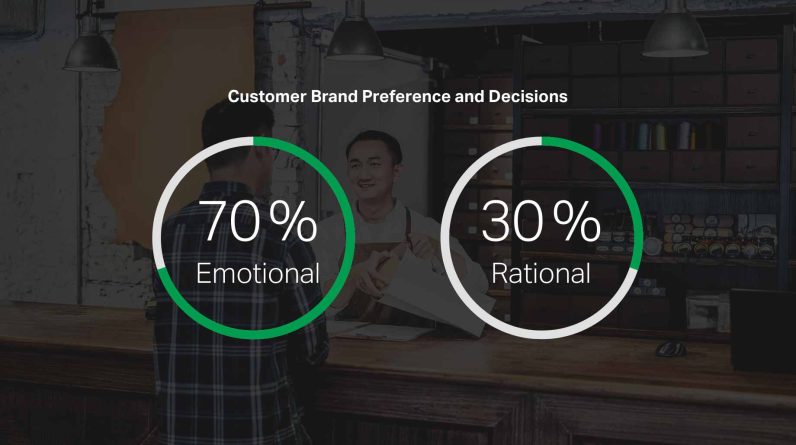When it comes to research, there are a variety of methods used to acquire data and draw conclusions. Among them is the case study, which looks in depth at a single event or individual to gain insight into broader trends. But how does this approach differ from other types of research? In this blog post, we’ll explore the distinctions between case studies and other types of research — such as surveys and experiments — so that you can decide which method is best for your project.
Let’s start by defining what a case study is. A case study is an in-depth look at a specific event, person or situation in order to draw conclusions about broader trends or issues. It involves collecting qualitative (e.g., interviews) and quantitative (e.g., surveys) data from multiple sources and analyzing it to form an argument or hypothesis. Unlike some other types of research, case studies are not necessarily intended to be generalizable; rather, they are meant to provide insight into the particular subject being studied.
Case studies differ from other types of research in several ways:
They rely heavily on qualitative data: As mentioned above, one key distinction between a case study and other forms of research is that it relies heavily on qualitative data — such as interviews — rather than quantitative data like surveys or experiments. Qualitative data provides deeper insight into the subject being studied by delving into its complexities and nuances, which can often be missed by more structured forms of data collection like surveys or experiments.
They focus on a single event/person/situation: Another distinguishing feature of case studies is that they focus on studying one particular event/person/situation in depth rather than attempting to draw broad generalizations from multiple sources or cases. This allows researchers to gain insight into the dynamics at play within the particular context being studied, rather than attempting to make larger claims about similar events in different contexts without adequate evidence to support them.
They may not be generalizable: Finally, unlike some other forms of research that seek generalizable results applicable across multiple contexts (e.g., survey results), case studies may not necessarily have generalizability as their primary goal; instead, they seek deeper understanding through exploring details within the single context being studied itself.
When a case study is the best approach
Now that we’ve looked at what distinguishes a case study from other types of research let’s consider when it might be most appropriate for your project needs:
When you need an in-depth understanding: Case studies are particularly well suited for projects where an in-depth understanding of an individual person/event/situation is needed rather than broad generalizations about similar events across multiple contexts. For example, if you were researching how people interact with technology and wanted greater insight into how different users interact with specific software applications then conducting several detailed interviews with users would likely yield better results than conducting a survey across multiple populations where responses might be more generic due to lack of personal detail involved with each response given by participants .
When you need contextual information: Case studies are also useful when considering complex situations where contextual information may influence outcomes; for example if you wanted to understand how poverty affects access to education then looking at individual stories within certain communities could provide valuable insights that would otherwise be missed if only considering survey responses from those communities without any further exploration through interviews etc..
When you need rich narrative detail: Finally, if your project requires rich narrative detail — such as stories about peoples lives — then again conducting several detailed interviews would likely yield better results than simply surveying participants as these kinds of stories may not always come out through standard survey questions alone due to lack of personal engagement involved with completing them accurately etc.
In conclusion then while there are many similarities between various forms of research there are also important distinctions between them too – particularly when comparing something like a case study against something like surveys or experiments etc.. The key takeaway here though should be when deciding which method best suits your project needs consider carefully whether getting an ‘in-depth understanding’ , ‘contextual information’ , ‘rich narrative detail’ etc..are primary goals – then use this knowledge alongside others factors such as time available , budget constraints etc..to decide which method best fits your requirements overall .







